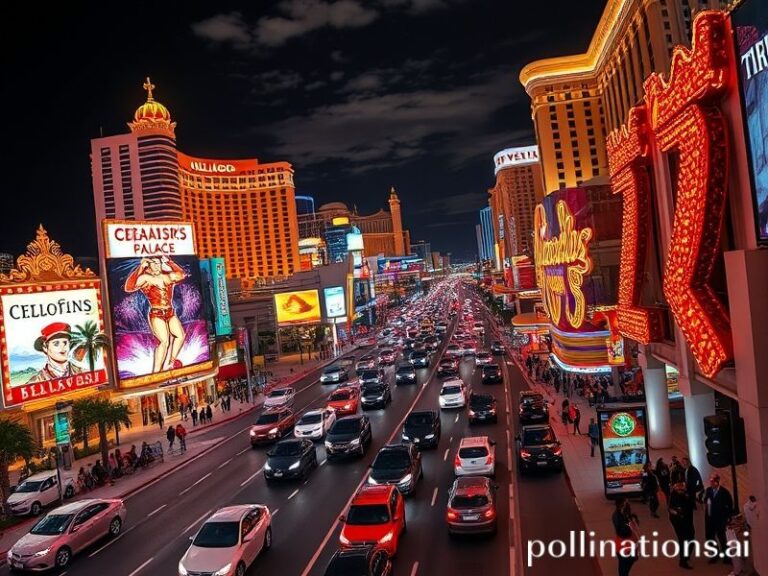When the Sky Gets a Fever: The Sudden Stratospheric Warming Phenomenon Explained
# **When the Sky Gets a Fever: The Sudden Stratospheric Warming Phenomenon**
If you’ve been on the internet lately, you might have stumbled upon the phrase “sudden stratospheric warming” (SSW) trending in news feeds, memes, and even casual conversations. But what exactly is this atmospheric plot twist, and why is everyone suddenly talking about it? Let’s dive in, shall we?
## **What Is Sudden Stratospheric Warming?**
Imagine the stratosphere, the second layer of Earth’s atmosphere, as the sky’s VIP lounge. Normally, it’s a calm, orderly place where temperatures are stable, and the polar vortex—a swirling mass of cold air—keeps things in check. But sometimes, the stratosphere gets a fever, and temperatures can spike by as much as 50°C (90°F) in just a few days. This sudden temperature surge is what scientists call a “sudden stratospheric warming” event.
When this happens, the polar vortex can get disrupted, sometimes splitting into smaller vortices or even reversing direction. This disruption can send ripples down to the troposphere, the layer of the atmosphere where we live and breathe, potentially causing extreme weather events like severe cold snaps, heavy snowfall, or even heatwaves in other parts of the world.
## **Why Is It Trending Now?**
SSW events aren’t exactly new—they’ve been happening for decades—but they’ve recently become a hot topic in internet culture and mainstream media. Here’s why:
1. **Extreme Weather Events**: As climate change continues to wreak havoc on global weather patterns, people are becoming more attuned to atmospheric anomalies. SSW events are one of the few phenomena that can explain sudden, extreme weather shifts, making them a popular scapegoat for everything from record-breaking cold snaps to bizarre snowstorms in unexpected places.
2. **Social Media and Meme Culture**: The internet loves a good drama, and SSW events provide plenty of it. Memes about the “polar vortex apocalypse” and jokes about the sky “getting a fever” have flooded social media platforms, turning a complex scientific phenomenon into a relatable, shareable topic.
3. **Climate Change Awareness**: With growing concern about climate change, people are more interested in understanding the intricacies of weather patterns and atmospheric science. SSW events offer a tangible example of how disruptions in one part of the atmosphere can have cascading effects on the ground.
## **Cultural Impact and Social Significance**
The sudden stratospheric warming phenomenon has seeped into popular culture in more ways than one. Here are a few examples:
– **Meme Magic**: From “polar vortex panic” to “sky fever” jokes, SSW events have inspired a wave of memes that blend science with humor. These memes not only make the topic more accessible but also encourage people to engage with atmospheric science in a fun, relatable way.
– **Media Coverage**: Mainstream media outlets have picked up on the trend, with news segments and articles explaining SSW events in layman’s terms. This increased coverage has helped demystify the phenomenon and sparked conversations about climate change and weather patterns.
– **Scientific Curiosity**: The trending nature of SSW events has piqued the curiosity of many, leading to a surge in interest in atmospheric science. People are now more likely to seek out information about the stratosphere, the polar vortex, and other related topics, fostering a greater understanding of our planet’s complex weather systems.
## **Why Should You Care?**
So, why should you care about sudden stratospheric warming? Well, for starters, it’s a reminder that our planet’s weather systems are incredibly complex and interconnected. A disruption in one part of the atmosphere can have far-reaching consequences, affecting everything from agriculture to transportation to public health.
Moreover, understanding SSW events can help us better prepare for extreme weather events. By monitoring the stratosphere and predicting potential disruptions, meteorologists can provide more accurate forecasts, giving communities the time they need to brace for impact.
Lastly, the trending nature of SSW events highlights the power of the internet to turn complex scientific topics into mainstream conversations. In an era where misinformation is rampant, the ability to engage with science in a fun, accessible way is more important than ever.
## **Conclusion**
Sudden stratospheric warming might sound like a plot twist from a sci-fi movie, but it’s a very real—and very fascinating—phenomenon. As we continue to grapple with the effects of climate change, understanding the intricacies of our planet’s atmosphere will be crucial. And who knows? Maybe the next time the sky gets a fever, you’ll be the one explaining it to your friends over a meme.







